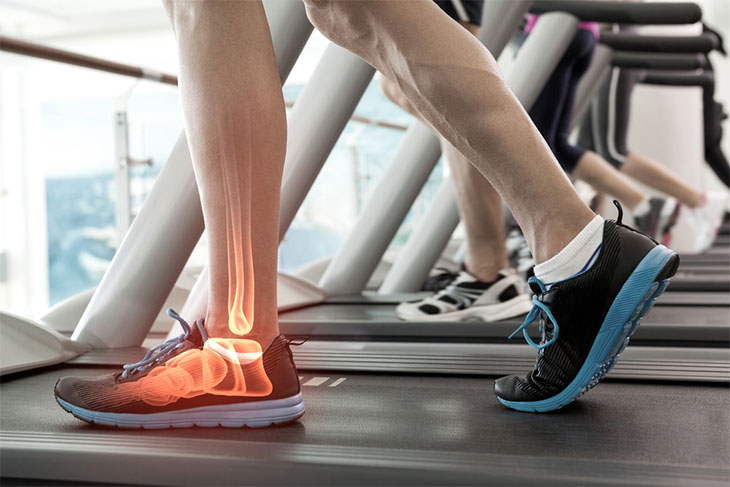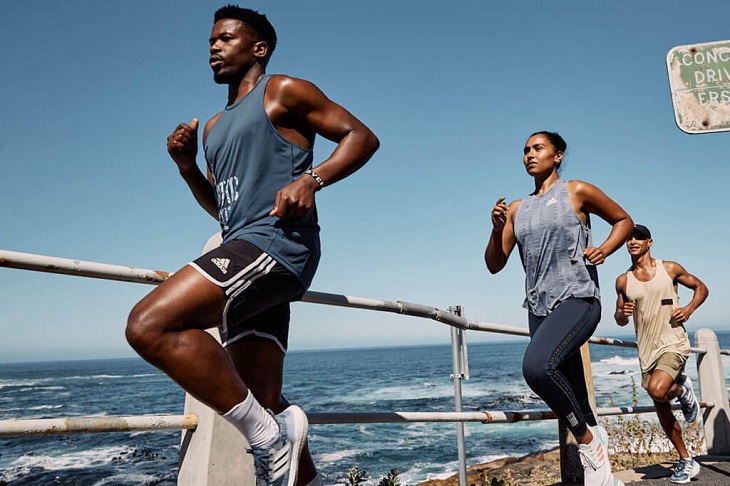1 Cycling vs. Running: Which is Better for Your Health?
Improving Cardiovascular Health
Both cycling and running have positive effects on cardiovascular health. They stimulate the circulatory system, strengthen the heart, stabilize heart rate, improve lung health, and reduce blood fat levels. Numerous studies have shown that both activities can lower the risk of cardiovascular diseases, cancer, and death from illnesses. Running has also been found to be beneficial for improving heart rhythm in individuals who have had a stroke.

It is recommended to exercise for no more than 60 minutes per day, about 5 days per week, to avoid overexertion and potential negative impacts on current health.
Promoting Bone and Joint Health
Studies show that running is more beneficial for long-term bone health compared to cycling. The impact and stimulation on the bones while running contribute to the strengthening of bone cells. Cycling, on the other hand, can lead to the release of calcium from the bones, making them more vulnerable. People with joint problems or those who prefer gentler exercises may opt for cycling, while running is more suitable for individuals without joint issues.

Risk of Injury
Both running and cycling carry a risk of injuries, varying from mild to severe. Common running injuries include knee injuries affecting ankles, feet, thighs, and pelvic bones. Runner’s knee, an inflammation around the patellar tendon, is also a typical injury. Cycling injuries may involve knee injuries, back pain, neck pain, numbness or pain in wrists and forearms, numbness or pain in the genital area or rectum, and head injuries. While runners are more prone to injuries, it is crucial to adjust the exercise level based on individual conditions and seek medical advice for pre-existing injuries.

2 Cycling vs. Running: Which is Better for Your Body Shape?
Both cycling and running affect the physique in different ways:
Calorie Expenditure
Running burns more calories compared to cycling. In 30 minutes of cycling (under 16 km), you burn approximately 145 calories, while running (8 km) burns around 295 calories. In 60 minutes, cycling burns around 290 calories, while running burns around 590 calories. If your goal is to burn more calories and maintain body shape, prioritize running.

Muscle Building
Cycling effectively builds lower body muscles, including the quadriceps and hamstrings.

Toning Muscle
Running helps to tone leg muscles, including the quadriceps and hamstrings, due to the impact and the significant effort required. Running also contributes to burning calories, further enhancing muscle tone.

3 Other Considerations
When choosing between cycling and running for improved health, consider the following:
Additional Expenses
Running requires investing in a good pair of shoes with proper ventilation and support. Cycling may involve purchasing a suitable bike based on intended use, such as a road bike, mountain bike, or city bike. Additional cycling accessories, including helmets, reflective clothing, lights, and gloves, may also be considered for comfort and safety.

Current Health Condition
Consider your current health condition before engaging in any exercise routine. Avoid overexertion, especially if you have chronic diseases or health conditions. Consult with a healthcare professional for guidance on exercise duration and a suitable plan to improve health without exacerbating existing conditions.
With the information provided, make an informed choice for your health and fitness goals – whether cycling or running is better suited to your needs.







































